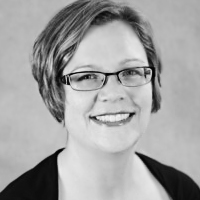Question
What are the advantages and disadvantages to dynamic assessment?
Answer
One advantage of dynamic assessment is that it provides an abundance of information. They tell us so much more about an individual's abilities. It shows us the degrees of knowledge within a child; what they are able to do. It also offers a starting point for instruction. I am interested in where children are performing, and how we can lead them through the learning process. It is more seamless -- the assessment and the teaching are completely connected. We might not be able to observe quantitative changes in accuracy, but what we are interested in is qualitative change. Over time, we see through dynamic assessment that we have “better errors.”
There is also a huge emphasis on the interpersonal interaction. Dynamic assessment is more naturalistic. For some individuals who might have test anxiety, it can reduce that as well.
Some of the disadvantages of dynamic assessment are that it is a little more challenging as far as procedural reliability and having people consistently employing the same principles. It does depend partially on the clinician's ability to have that relationship with the client. It may not necessarily provide a normative score, and in a lot of the settings where we work there is a requirement of that -- or you at least have to give a really long explanation about why you do not need one.
Another disadvantage is time. At least with the test that I have developed, it does take a long time to administer the test. However, it is not the same kind of analysis, because you are analyzing it live as you are going through. I would argue that it does not take as long. I think some people would say maybe it takes a little bit more time, but I think for the analysis, you save time in different ways.
Dr. Amy Glaspey, Ph.D., CCC-SLP is Associate Professor in Communicative Sciences and Disorders at The University of Montana. Her research interests include assessment and treatment of speech sound disorders in preschool children. She has developed a dynamic assessment for measuring speech adaptability, the Glaspey Dynamic Assessment of Phonology, which offers an innovative approach to evaluating treatment change and outcomes.

